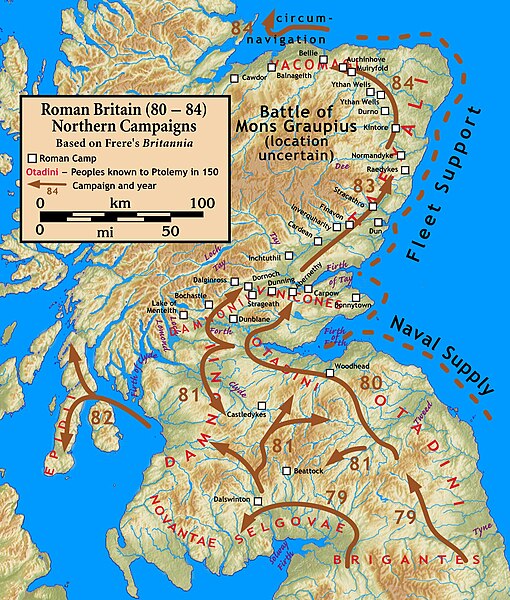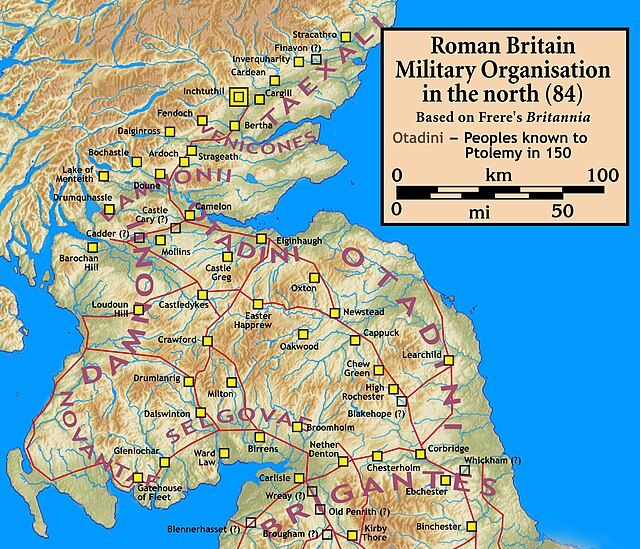Valentia was probably one of the Roman provinces of the Diocese of "the Britains" in late Antiquity. Its position, capital, and even existence remain a matter of scholarly debate. It was not mentioned in the Verona List compiled around AD 312 and so was probably formed out of one or more of the other provinces established during the Diocletian Reforms. Some scholars propose Valentia was a new name for the entire diocese, but the List of Offices names it as a consular-rank province along with Maxima Caesariensis and the other equestrian-ranked provinces. Hypotheses for the placement of Valentia include Wales, with its capital at Deva (Chester); Cumbria south of Hadrian's Wall, with its capital at Luguvalium (Carlisle), the lands between the Antonine Wall and Hadrian's Wall, possibly with a capital at Habitancum (Risingham),, although the latter is dismissed by some modern scholars due to the absence of archaeological evidence for a Roman re-occupation of southern Scotland in the fourth century.

Roman Britain around AD 410, without speculative provincial borders
The traditional arrangement of the late Roman provinces after Camden, placing Valentia between the walls
Roman Britain was the territory that became the Roman province of Britannia after the Roman conquest of Britain, consisting of a large part of the island of Great Britain. The occupation lasted from AD 43 to AD 410.
Conquests under Aulus Plautius, focused on the commercially valuable southeast of Britain
Roman campaigns 43–60
Agricola's campaigns
In 84 AD






